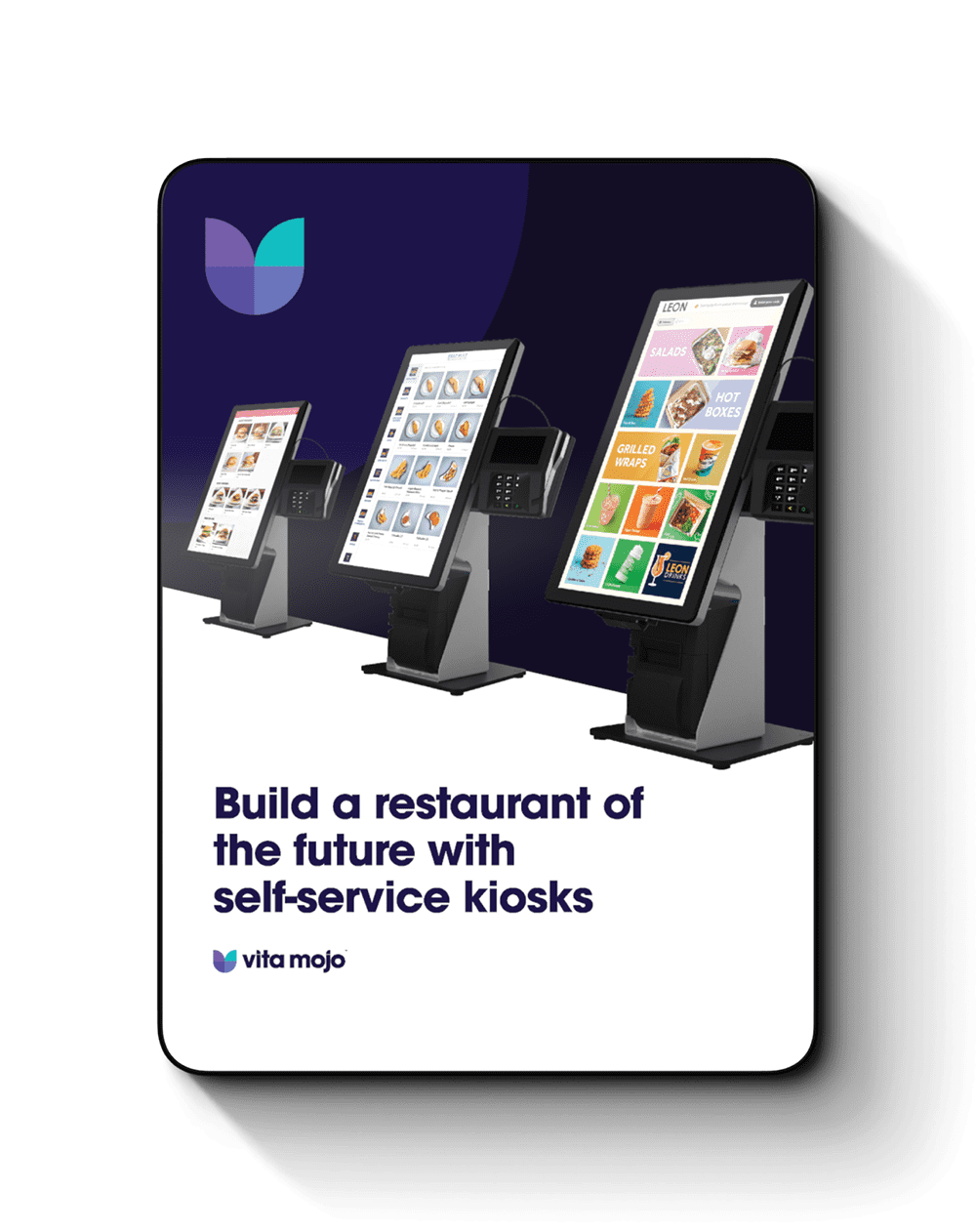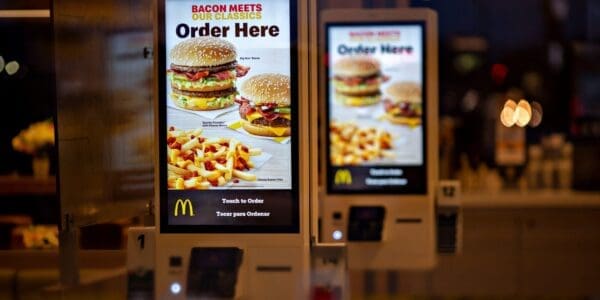Self service kiosks are the future of restaurant tech. Customers love them and they’re great for operators too. Fast food giants like McDonald’s, KFC and Burger King have all seen huge success since installing self service kiosks. It’s this widespread adoption of tech that has drastically changed the way we order food and drink over the past decade.
For restaurant operators considering self serve kiosks, it can be hard to know where to start, let alone how to incorporate them as part of your wider strategy. “Which kiosk provider should I use? What hardware do I need? How many kiosks should I install? How do I make sure my customers actually use them?” These are all common questions that we get asked at Vita Mojo.
This blog outlines the key considerations you should make when choosing self service kiosks for your restaurant. Follow these four simple steps to ensure you get the best value from your self serve kiosk technology.
Digital transformation might sound like an overwhelming concept, but it really doesn’t have to be. We’ve broken down the buying and implementation process into four key steps: software, hardware, space planning and order fulfilment. Let’s take a closer look at each one.
Four steps to choosing your self service kiosk
Step one: Start with the right kiosk software for your brand
Choosing the right restaurant technology has historically been a hardware-led decision but as hardware is becoming cheaper and more standardised, it’s increasingly what’s on the inside your kiosk that really counts – your software. Choosing the right software provider for your kiosks will have the most influence on the quality of your customer experience, your flexibility in making kiosks work within your restaurant operations, and the overall success of your kiosks.






